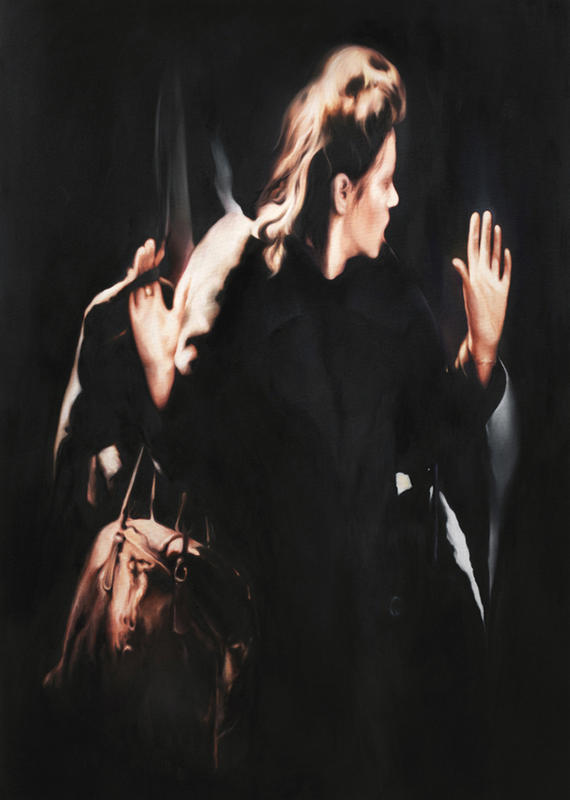More about Mother (Lavender), 2010

Contributor
Between form pervasive selfies obsessions to the incessant noise of advertisements, many have become numb to the importance of photography.
But occasionally, such a poignant photo will reach the masses that it has the ability to catalyze a moment in history, forcing our busy minds to remember the souls who lived through that moment. That right there, is what Nir Hod is going for.
It quickly became known as The Boy From Warsaw. An eerie photo by Franz Konrad captures the moment in which Nazi soldiers invaded the city of Warsaw to remove Jewish citizens and bring them to the horrific concentration camps. This photo is often remembered for the young boy in the front with his hands up, but Hod decided to give another spin to this infamous photo.
Many have speculated that the woman in the photo may have been the boy’s mother. Either way, Hod wants the viewer to consider a different protagonist’s inevitable fate as he humanizes a woman who often fades into the chaotic background of the photo. By painting her alone, Hod is giving this woman the recognition she deserves, and reminding us that all victims of the Holocaust deserve to be recognized. Interestingly, instead of depicting her amidst catastrophe, Hod takes her out of the chaos and instead illustrates her as an image of feminine beauty, light and life.
Hod painted a series of ten canvases of this woman in colors from lavender to yellow. He cites Andy Warhol as a major inspiration for this work, which is no surprise since working with the same image with different colors was totally Warhol’s jam. But unlike Warhol’s often flippant images, Mother forces a painful question upon us: who would this woman have been if not persecuted for her cultural and religious beliefs? Who would she have become?











